Analysis of Nurse-Client Relationships and Communication Techniques
VerifiedAdded on 2022/07/28
|12
|922
|89
Report
AI Summary
This report delves into the critical aspects of nurse-client communication, emphasizing the significance of both therapeutic and interpersonal communication processes in healthcare settings. It defines therapeutic communication as a face-to-face interaction that focuses on the patient's physical and mental well-being, highlighting its objectives in fostering better interpersonal relationships and enabling patients to express their thoughts and feelings openly. The report differentiates between verbal and non-verbal communication techniques, providing examples of each. It also explores interpersonal communication, its objectives, importance, and key components, including skills like teamwork, attitude, and professionalism. Techniques such as face-to-face communication, active listening, and polite speaking are discussed as essential elements for effective problem-solving and patient care. The report underscores the crucial role of communication in healthcare, emphasizing the need for high communication skills among nurses to improve patient outcomes and reduce conflicts. This assignment is available on Desklib, a platform offering a range of AI-based study tools and resources, including past papers and solved assignments, to assist students in their academic endeavors.
1 out of 12
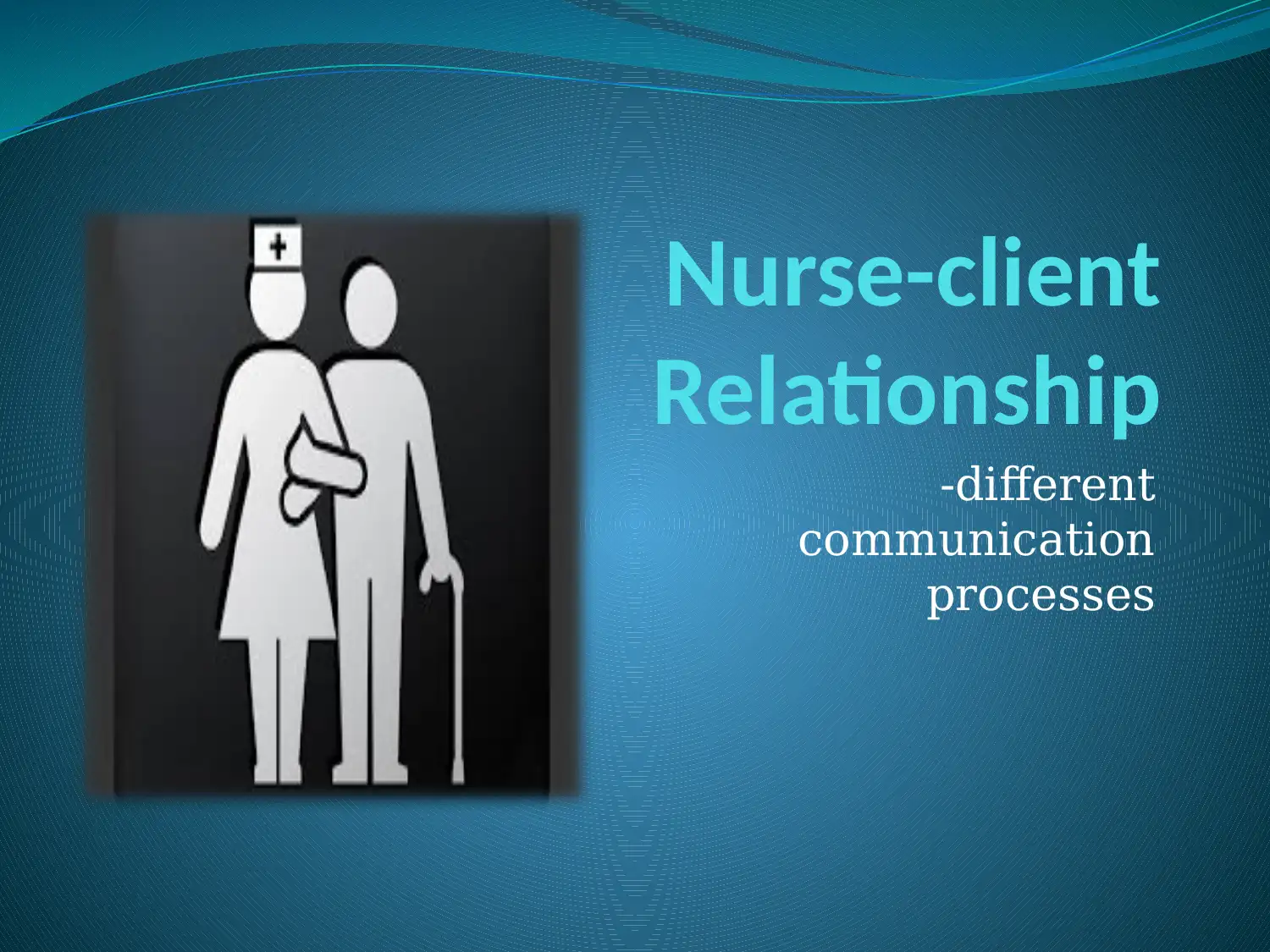
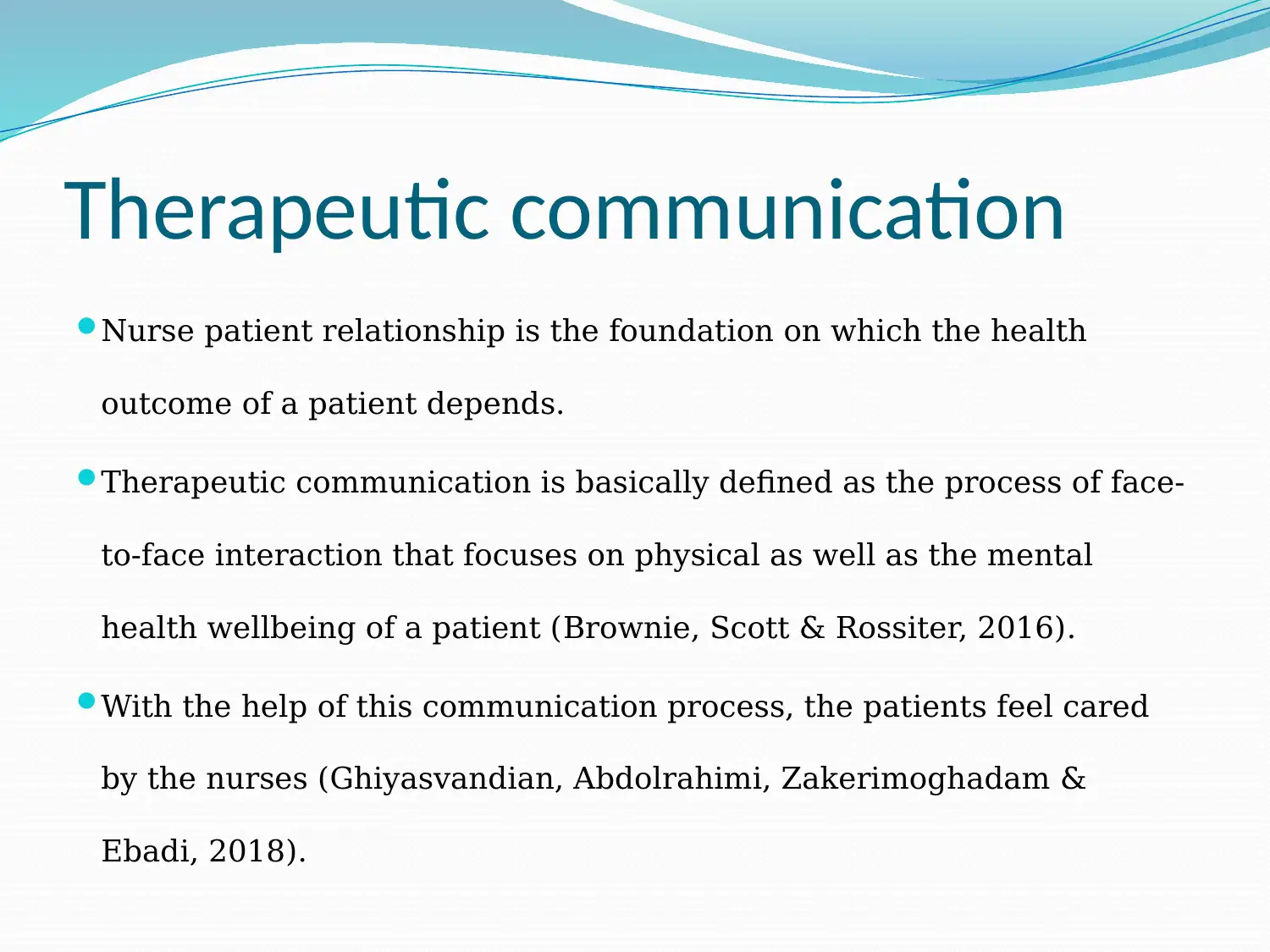
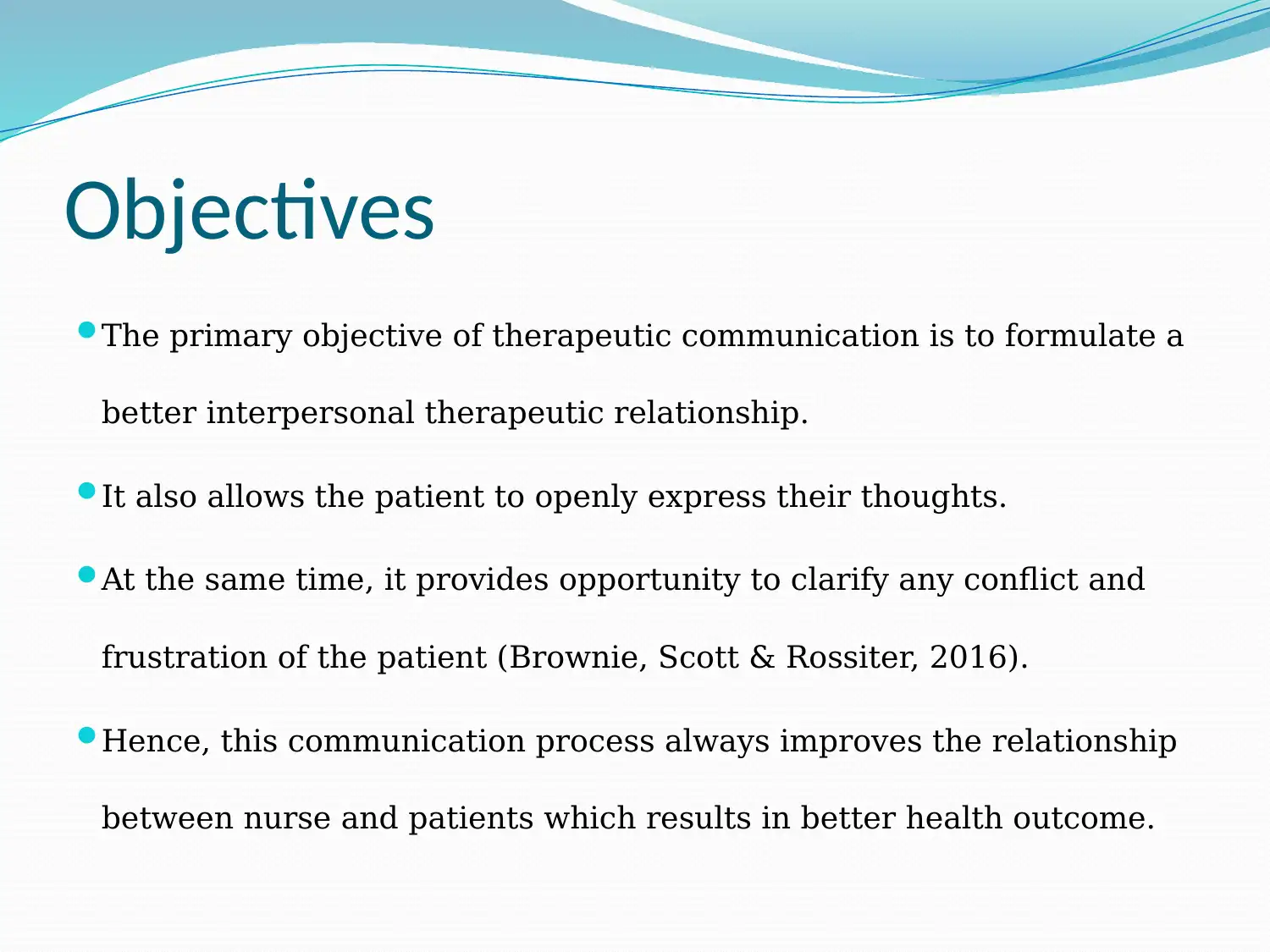

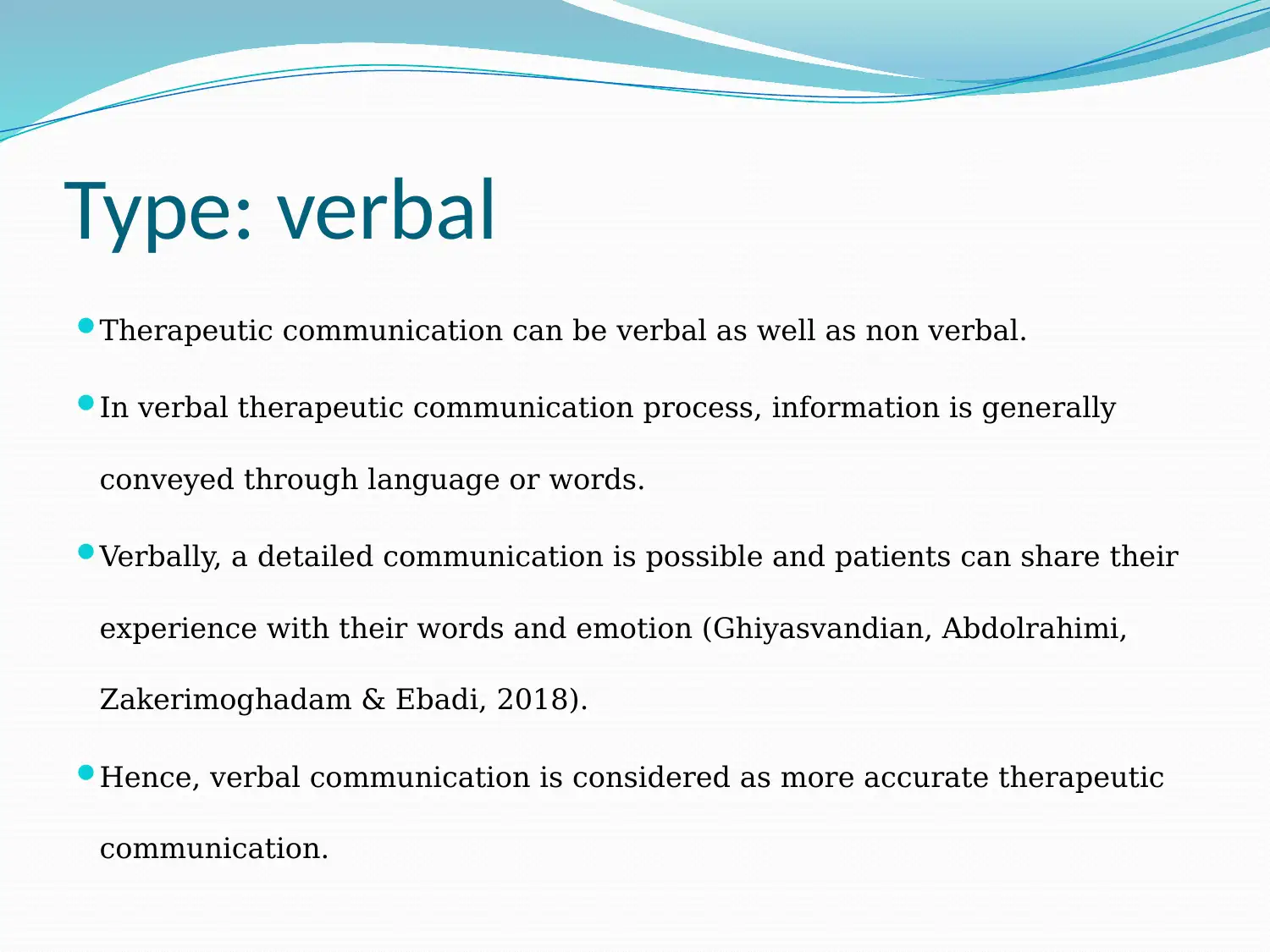
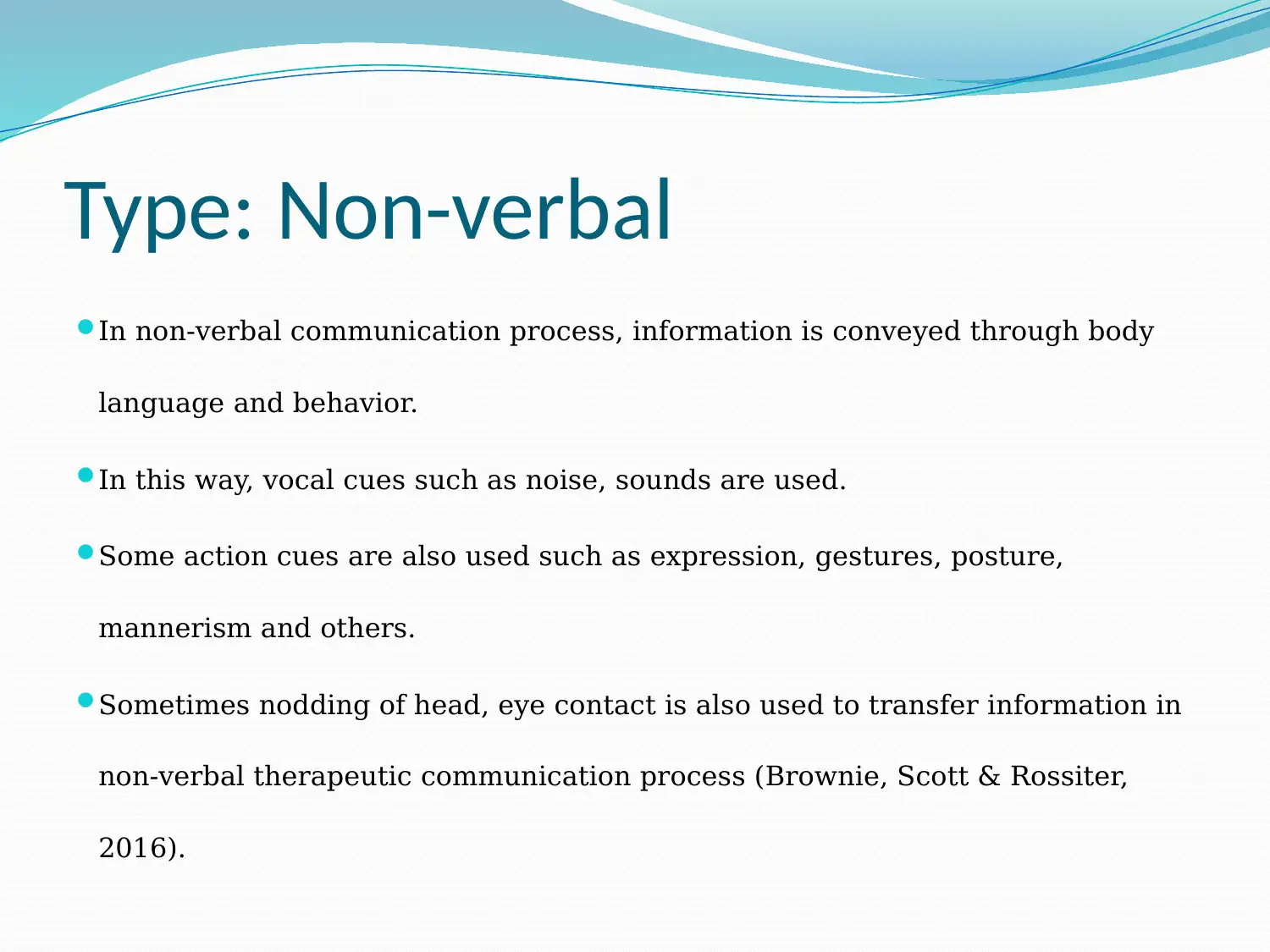
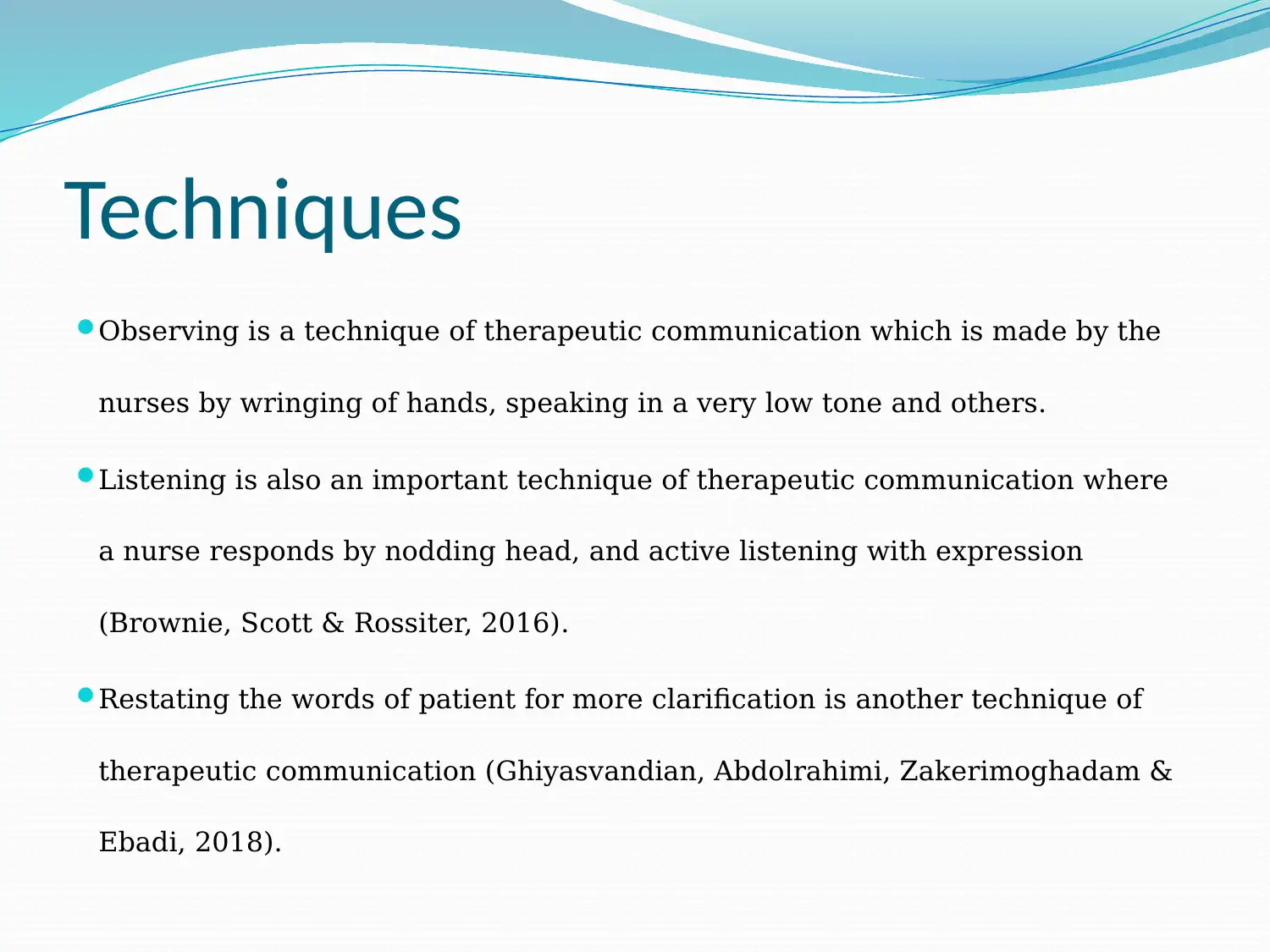
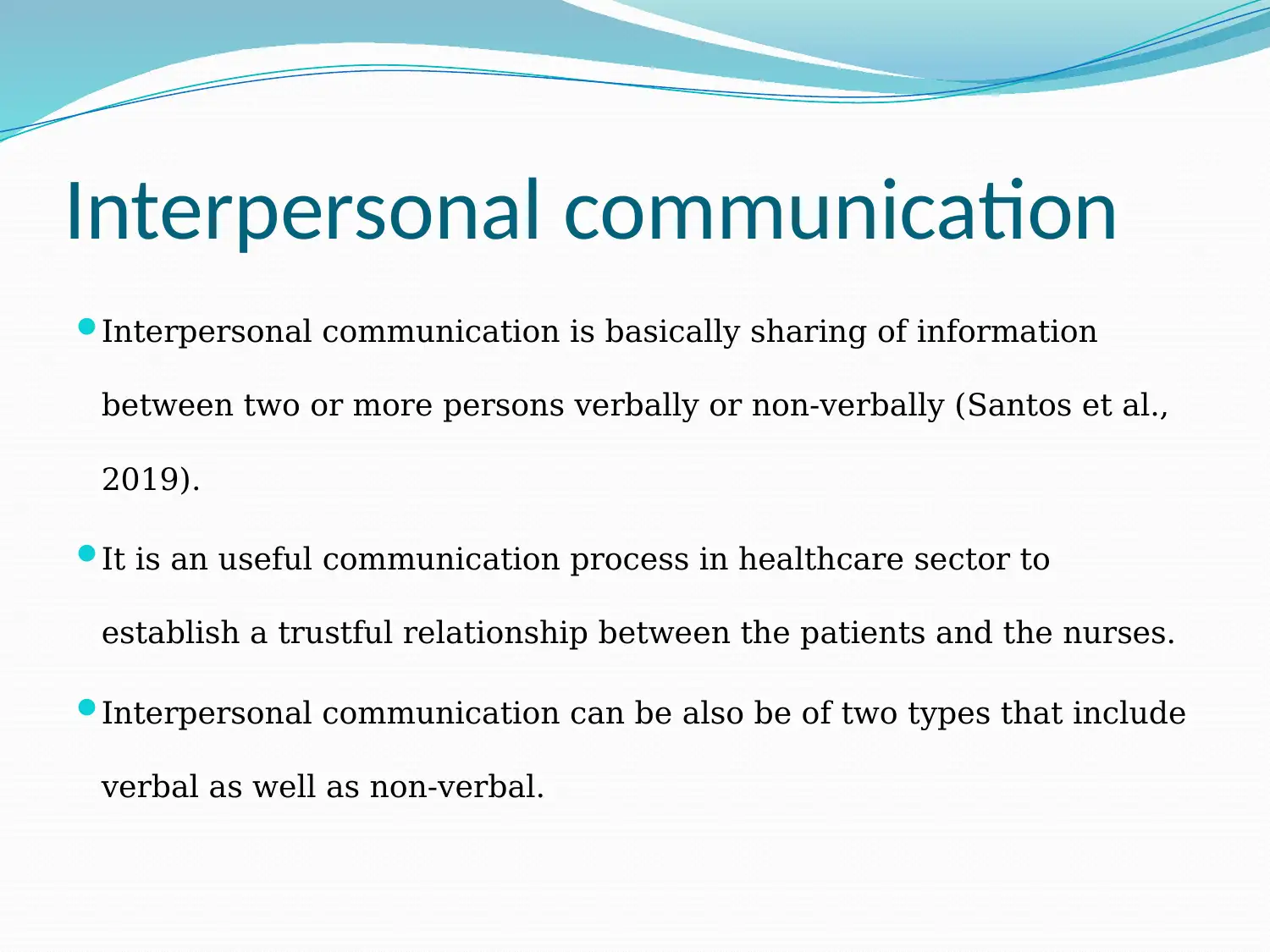
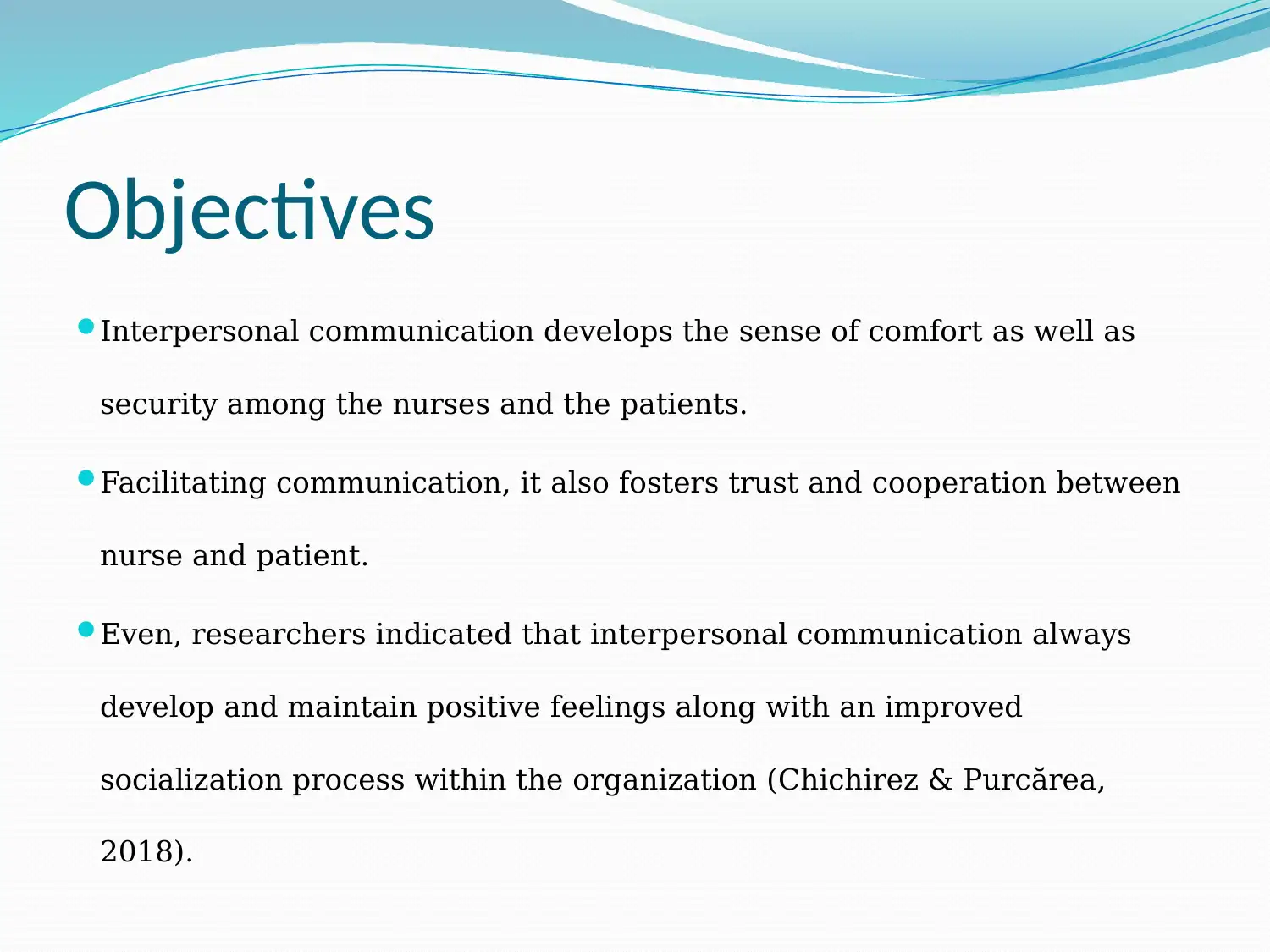
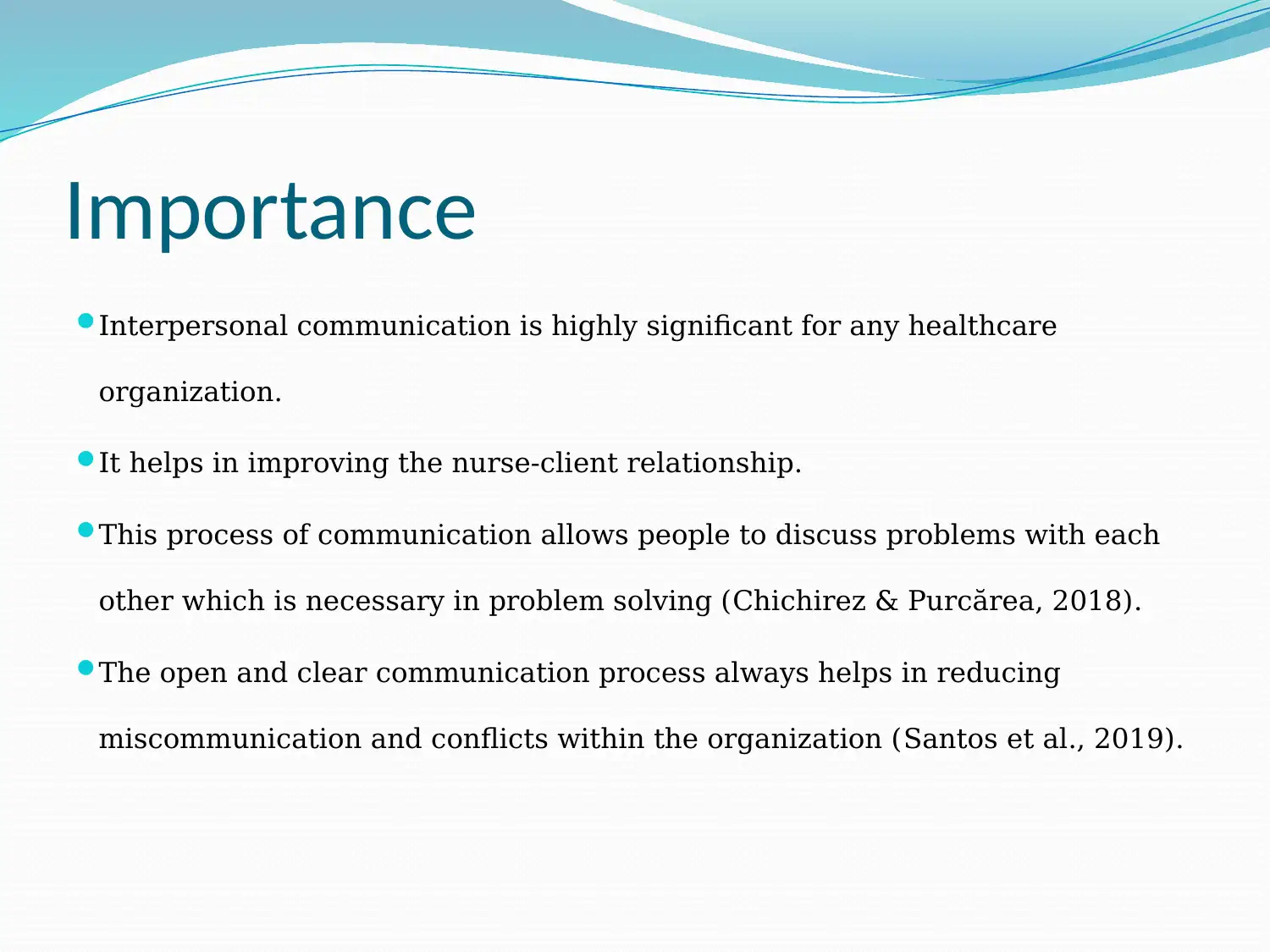
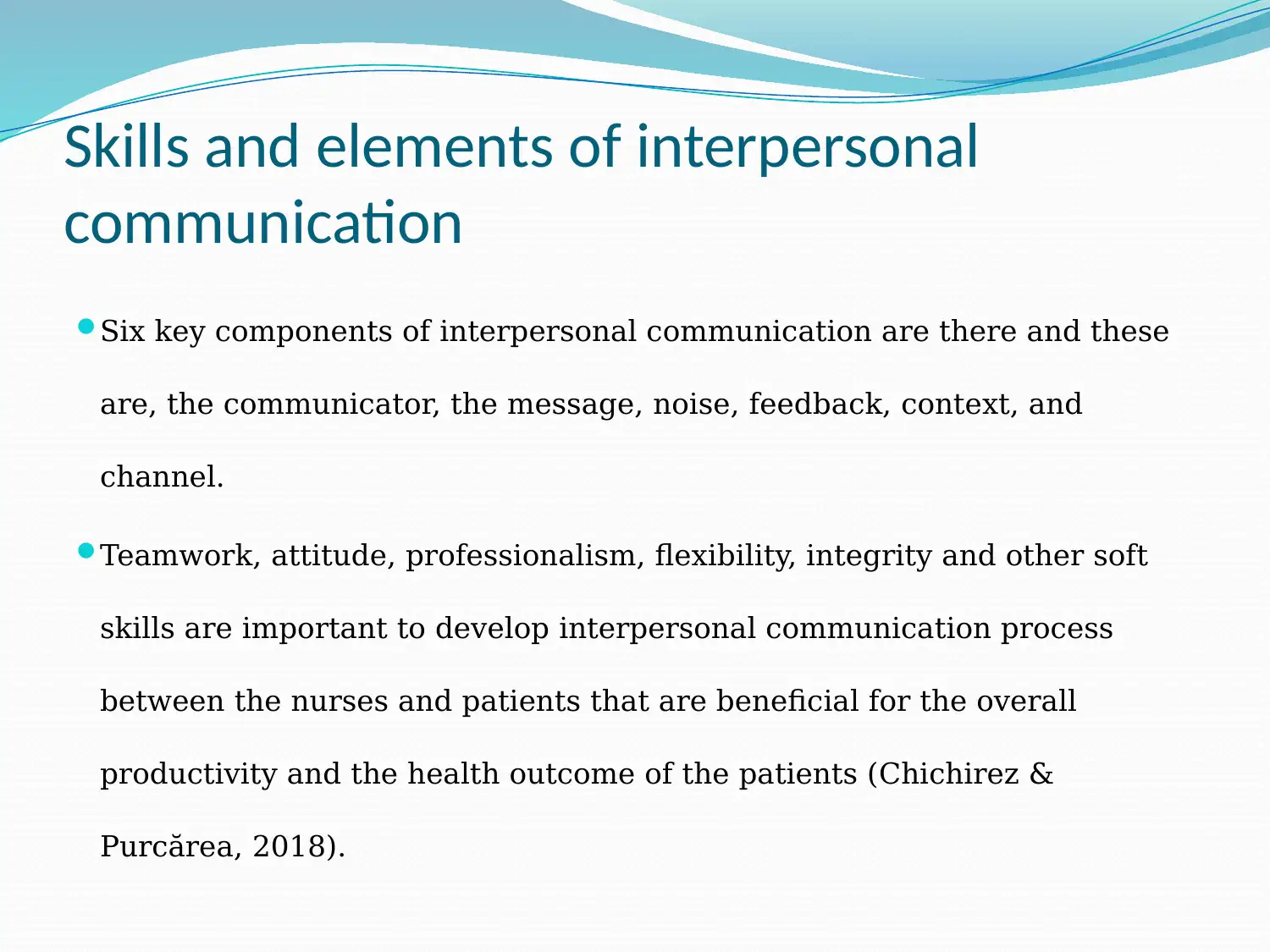
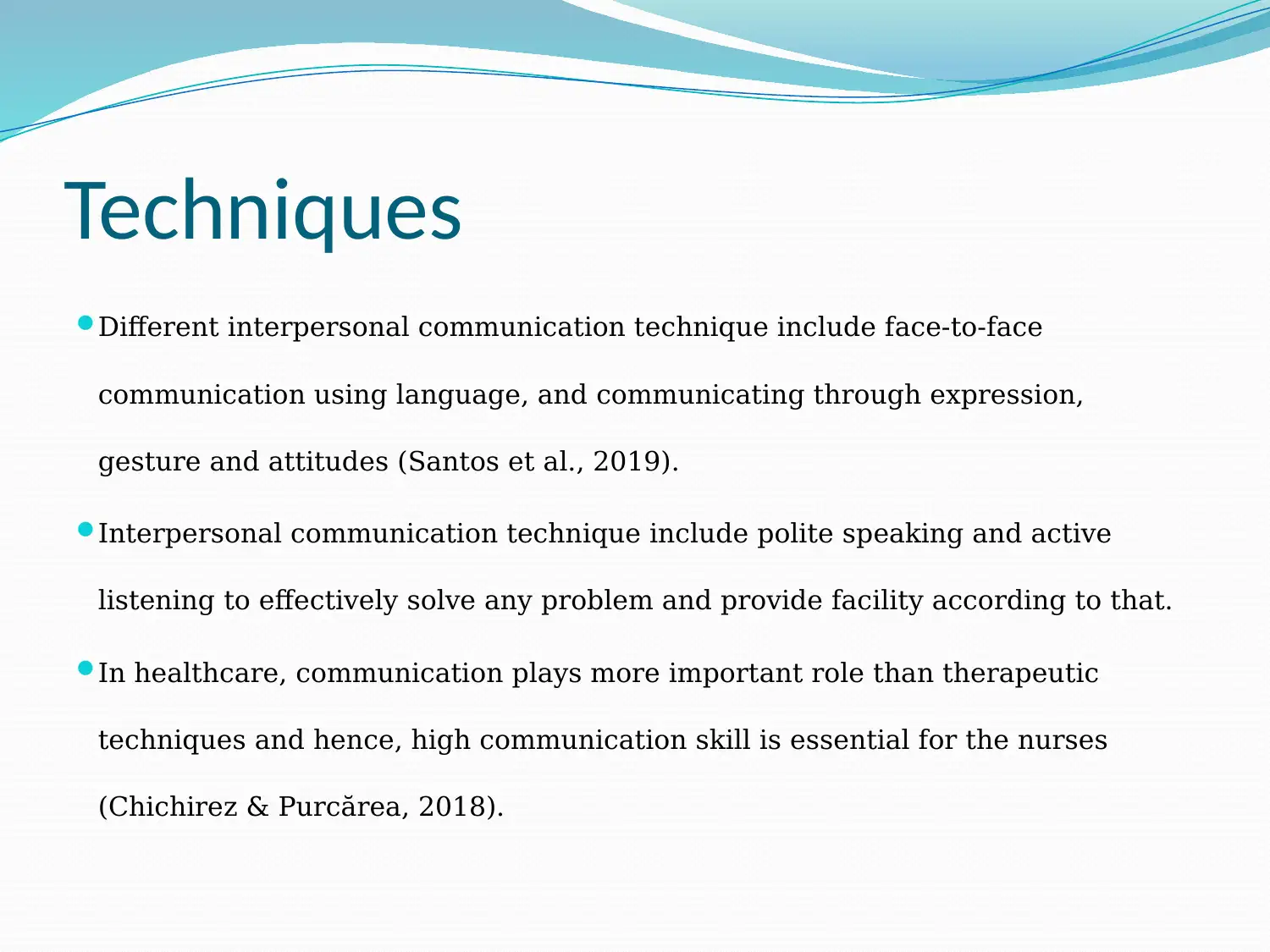
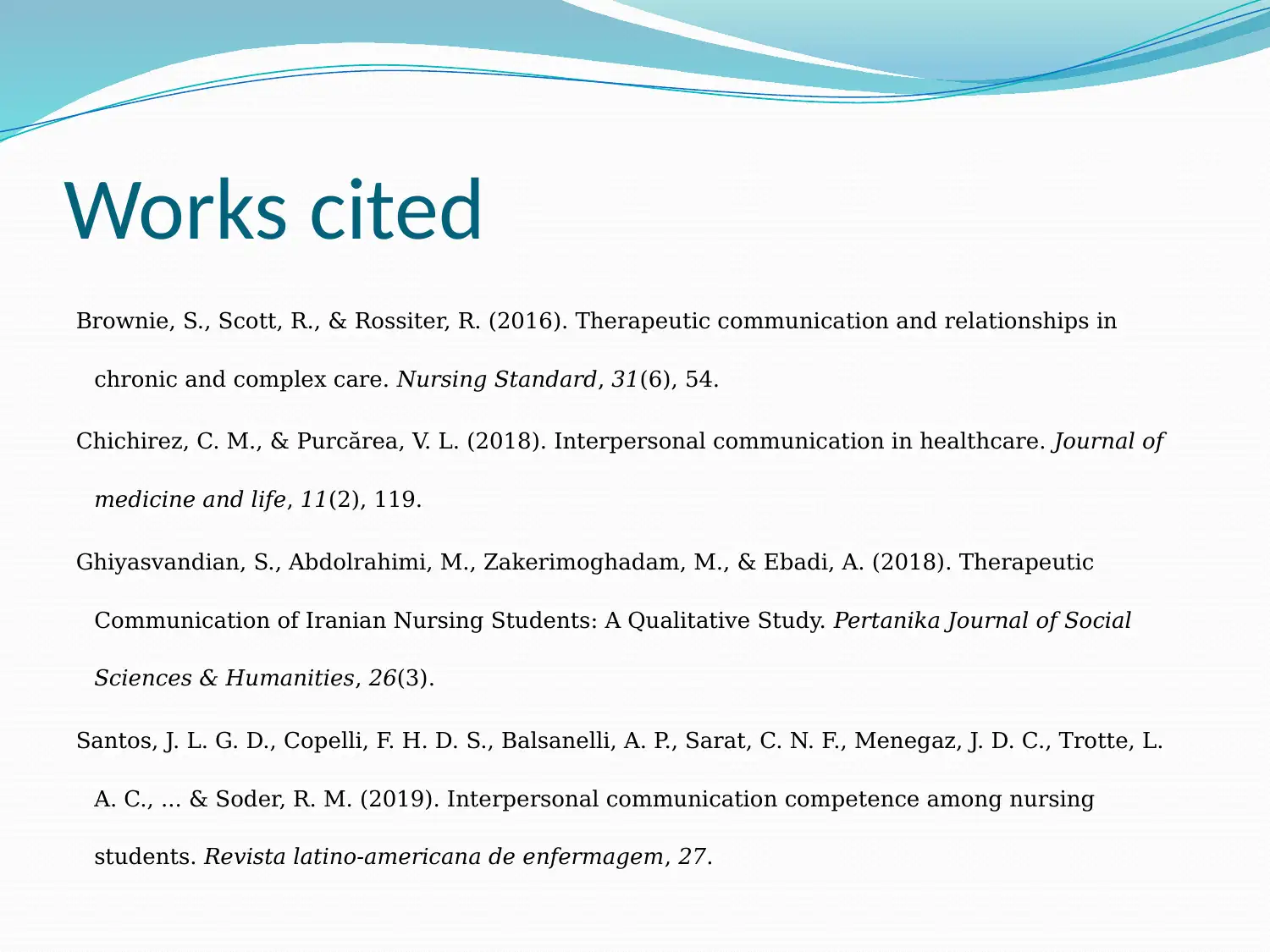






![[object Object]](/_next/static/media/star-bottom.7253800d.svg)